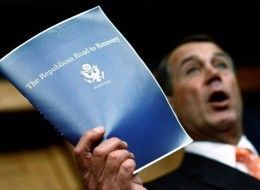2016: B² Candidate Questions
![]()
Sen. Rubio is now in the 2016 presidential campaign game. HRC tweeted her bid over the weekend. Senators Rand Paul and Ted Cruz are already in, and signals from many mean this campaign season is well under way.
Buzz generates opinions. The problem is, someone will inevitably solicit yours. And even if campaign laws aren’t an issue, corporate codes and/or offending a friend could be.
Inexperienced journalists may not know the limits of what you can say given the tax status of your workplace, but they sure know how to test the waters. Do you know how to avoid a direct question about the 2016 presidential candidates?
Good thing it’s Tuesday, B² day.
Here’s the likely media question and the B² (block and bridge) that sets the narrative straight:
Q: “Who do you think is the best candidate to run our country?”
B²: “Regardless of who wins the presidency, the main policy issue that needs attention is <insert talking point>.”
Wherever the interviewer goes on the candidate, take the answer back to policy. There is no need to predict or discuss who should win. That’s the campaign spokesperson’s job, and a tricky one at that. But, no candidate knows every issue as well as the issue-matter experts know it.
Use the question as an opportunity to highlight your specific expertise on the issue at hand, and educate viewers and listeners on what a solid candidate may do to set the country in the right direction. You never know who might be listening.

